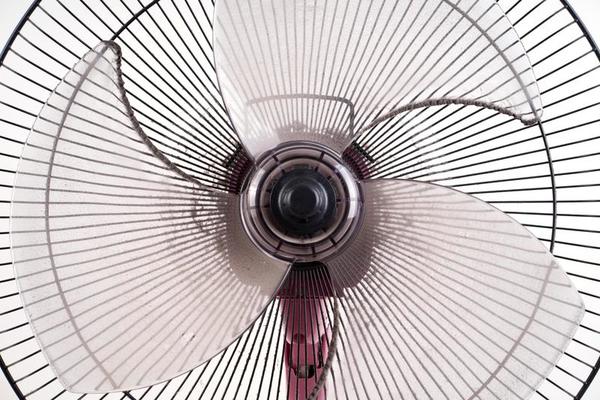The hum of machinery, the precise whir of blades being tested, and the steady rhythm of assembly lines—these are the sounds that define electric fan factories. Often overlooked in the grand scheme of manufacturing, these facilities play a crucial role in keeping millions cool, comfortable, and productive, especially during sweltering seasons. Let’s take a closer look at what makes electric fan factories such vital players in the global supply chain.
The Heartbeat of Production: How Electric Fan Factories Operate
At the core of every electric fan factory is a well-orchestrated production process that turns raw materials into functional, reliable appliances. It all starts with sourcing high-quality components: motors, blades, casings, and control panels. Electric fan factories work closely with suppliers to ensure each part meets strict standards for durability and efficiency. Once the components arrive, they’re inspected for defects before moving to the assembly line.
On the factory floor, teams of skilled workers and automated machines collaborate to piece together each fan. Motors are fitted into casings, blades are attached with precision, and wiring is connected to control switches—all under the watchful eye of quality control experts. What sets top electric fan factories apart is their commitment to consistency. Every fan undergoes rigorous testing, from checking motor performance to ensuring blades spin smoothly without wobbling, to guaranteeing that the final product is safe and effective.
Innovation in Every Breeze: How Electric Fan Adapt to Trends
fan factories don’t just stick to traditional designs; they’re constantly evolving to meet changing consumer demands. In recent years, there’s been a surge in demand for energy-efficient and smart fans, and electric fan factories have risen to the challenge. Many now produce fans with variable speed settings, remote controls, and even Wi-Fi connectivity, allowing users to adjust settings from their phones.
Sustainability is another key focus. Forward-thinking electric fan factories are adopting eco-friendly practices, such as using recycled materials for casings, optimizing production processes to reduce waste, and developing motors that consume less electricity. These efforts not only appeal to environmentally conscious consumers but also help electric fan factories reduce their carbon footprint, making them more competitive in a market that values green innovation.
The reach of electric fan factories extends far beyond local markets. During peak seasons, when temperatures soar, these factories operate around the clock to meet global demand. Large-scale electric fan factories can produce thousands of units daily, ensuring that retailers, distributors, and consumers have access to fans when they need them most.
This level of production requires careful planning. Electric fan factories analyze market trends months in advance, forecasting which regions will need more fans and what types—whether compact desk fans for offices, powerful pedestal fans for large spaces, or sleek tower fans for modern homes. By staying ahead of demand, electric fan factories ensure that no one is left sweating, regardless of where they are in the world.
The Human Touch: Skilled Workers Behind Electric Fan
While automation has streamlined many processes, electric fan factories still rely heavily on human expertise. From engineers designing new fan models to technicians troubleshooting machinery, the people who work in electric fan factories bring a wealth of knowledge and experience to their roles. Many workers have been with the same factory for years, mastering the intricacies of fan production and taking pride in the products they help create.
Training programs are a staple in electric fan factories, ensuring that new employees learn the ropes and that seasoned workers stay updated on new technologies. This investment in human capital not only improves productivity but also fosters a sense of community within the factory walls. For many, working in electric fan factories is more than a job—it’s a career that allows them to contribute to a product that makes a real difference in people’s lives.
The Future of Cooling: What’s Next for Fan Factories
As technology advances and consumer needs shift, electric fan factories show no signs of slowing down. Experts predict that we’ll see even more innovations, such as fans integrated with air purifiers, solar-powered models for off-grid use, and designs that blend seamlessly with modern home decor. Electric fan factories are also exploring new materials, like lightweight yet strong composites, to make fans more portable and durable.
In a world where climate change is making heatwaves more frequent, the work of electric fan factories is more important than ever. They’re not just manufacturing appliances—they’re creating solutions that help people cope with rising temperatures, protect their health, and maintain their quality of life.
In conclusion, electric fan are the unsung heroes of comfort. From their meticulous production processes to their embrace of innovation, these facilities are essential to keeping the world cool. The next time you switch on a fan and feel that refreshing breeze, take a moment to appreciate the skill, effort, and dedication that went into making it—all thanks to the hard work of electric fan factories.

